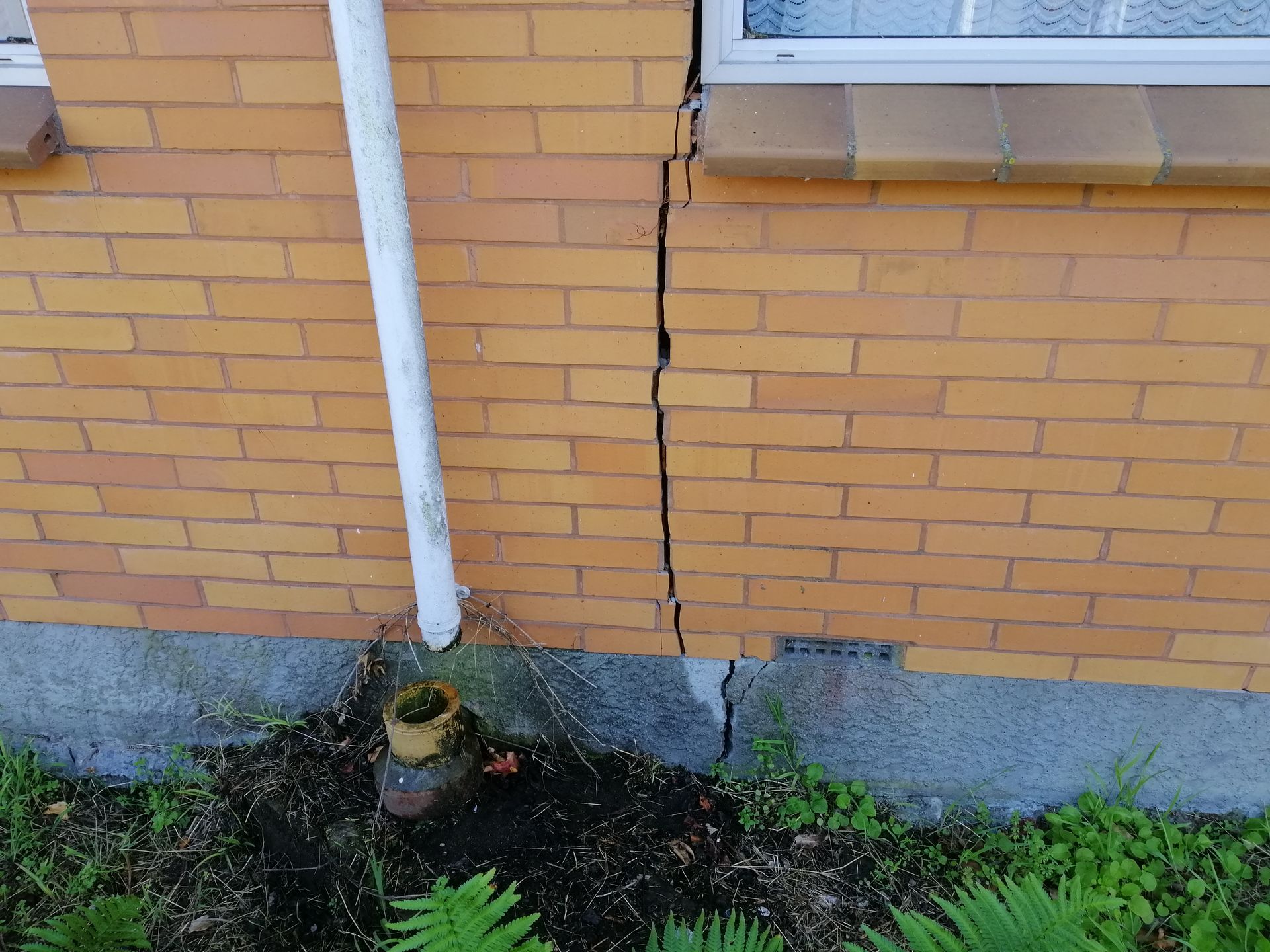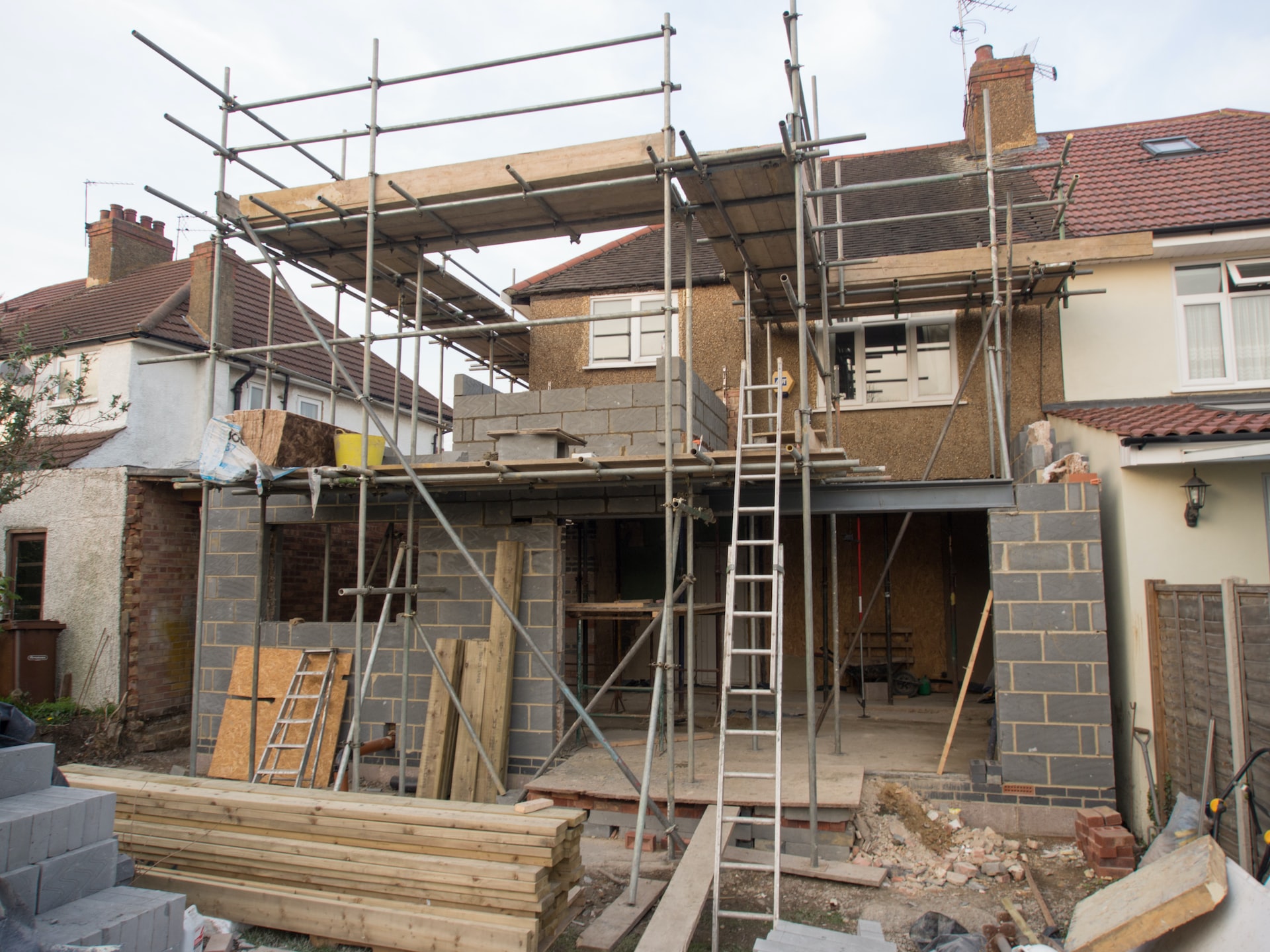As the largest metropolitan area on New Zealand's South Island, Christchurch has a rich history, a dynamic culture, and a distinctive architectural heritage. However, the city has also faced significant challenges, most notably the devastating earthquakes that have profoundly impacted its urban landscape. In this article, we analyse the multifaceted world of structural engineering in Christchurch, emphasising the innovations, tendencies, and commitments that shape the built environment of the city.
Post-Earthquake Challenges

The earthquakes that struck Christchurch in 2010 and 2011 underscored the city's susceptibility to seismic activity. Since then, the structural engineering profession has been integral not only to rebuilding but also reimagining the city's infrastructure. The focus on seismic resilience has driven advancements in engineering techniques, materials, and construction practices, made leading Christchurch's structural engineering considering the all modern technologies.
Innovations in Design and Materials
One of the most remarkable facets of the post-earthquake recovery is the innovative approaches to design and construction. Structural engineers have adopted cutting-edge technologies such as Building Information Modeling (BIM) to generate accurate digital models that enable collaboration between architects, engineers, and contractors. Additionally, the use of sustainable and resilient building materials like engineered timber has become more prominent, permitting faster construction while reducing the carbon footprint.
Balancing Aesthetics and Functionality
As the city seeks to rebuild and modernize, structural engineers confront the challenge of preserving Christchurch's architectural heritage while satisfying contemporary standards. This delicate equilibrium between aesthetics and functionality necessitates a profound understanding of both historical construction techniques and state-of-the-art engineering practices. The outcome is a harmonious fusion of old and new, producing a cityscape that honors its past while embracing the future.
Sustainability and Environmental Considerations
The structural engineering field in Christchurch closely aligns with the city's commitment to sustainability and environmental stewardship. Engineers and designers are increasingly integrating green building methods, energy-efficient systems, and renewable materials into their projects. This approach not only decreases the environmental impact of construction but also contributes to a healthier and more livable urban setting for residents.
Collaboration and Partnerships

A thriving structural engineering environment in Christchurch is characterized by robust collaboration between diverse stakeholders. Engineers, architects, urban planners, developers, and government agencies cooperate to shape the city's infrastructure. These partnerships cultivate innovative solutions that tackle the city's unique challenges while augmenting its overall resilience and livability.
Christchurch's structural engineering landscape testifies to the city's indomitable spirit in the aftermath of adversity. The dedication to seismic resilience, innovative design, sustainability, and collaborative approaches has transformed Christchurch into a paradigm for cities worldwide. As the city continues to evolve, structural engineers will remain at the forefront, molding a future where architecture not only reflects the past but also embraces the aspirations of generations to come.